SEO Topic Clusters: What Are They & How to Use Them?
Are you struggling to make sense of the ever-evolving world of SEO? Feeling overwhelmed by the endless stream of tips, tricks, and tactics? Enter the world of content topic clusters, a powerful strategy that simplifies and streamlines your content marketing efforts while boosting search engine rankings and user experience.
In this blog post, we’ll dive deep into the world of satisfying user search intent through surgically crafted topic clusters, uncovering their origins, benefits, and how you can implement them to supercharge your SEO game.
By the time you finish reading, you’ll have a solid understanding of what topic clusters are, why they matter, and how to to create content around them effectively. So buckle up and prepare for a journey that will take your content marketing and SEO efforts to new heights.
What you will learn:
-
Topic clusters involve organizing content into a central hub of comprehensive information and interconnected subtopics for improved search engine rankings.
-
Implementing topic clusters can bring numerous benefits, such as enhanced user experience, strengthened website authority, and improved SEO metrics.
-
Measuring the success of your topic clusters involves monitoring key SEO metrics and analyzing user engagement data to ensure consistent quality content.
Understanding Topic Cluster model
The world of search engine optimization (SEO) can feel like a never-ending labyrinth, with countless strategies and tactics to navigate. However, one approach that has emerged as a powerful force in the SEO landscape is the topic cluster model, also known as the topic cluster strategy.
This topic cluster strategy focuses on organizing content around core topics and related subtopics, allowing for improved search engine rankings and enhanced user experience.
But what exactly are topic clusters, and how do they fit into your broader, content strategy and marketing strategy? To better understand the concept, let’s first define topic clusters and explore their evolution within the world of SEO. By grasping the foundations of this approach, you’ll be better equipped to harness it's potential and transform your content strategy and marketing efforts.
Defining Topic Clusters
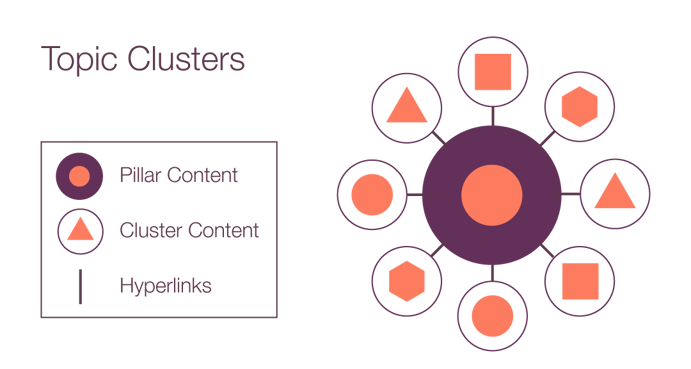
A topic cluster is a content organization model that revolves around a central pillar page, which covers a broad topic, and several cluster pages that address related subtopics. These pillar page are all interconnected through internal links, creating a cohesive and logical content structure, or content clusters, that both search engines and users can easily navigate.
By adopting the topic create cluster content model, you’re not only improving your website’s search engine optimization, but also providing a more organized and user-friendly experience for your audience.
This approach to content organization ensures that search engines and users can easily find and understand the information they’re looking for, ultimately leading to improved search rankings and higher engagement levels.
The Evolution of SEO and Topic Clusters
The concept of creating topic clusters for inbound marketing can be traced back nearly 17 years, with companies like Hubspot and WordPress pioneering the approach. As search engines have evolved over time, their algorithms have shifted from targeting individual keywords to prioritizing comprehensive, authoritative content around core topics. This evolution has made topic clusters an increasingly crucial component of modern SEO strategies.
By focusing on whole topics rather than individual keywords, topic clusters provide a more natural and effective way to optimize your content for search engines. They also help establish your website as an authoritative source in your niche, bolstering your credibility and attracting more organic traffic.
In short, as the world of SEO continues to evolve, topic clusters have emerged as a powerful weapon in any marketer’s arsenal.
Benefits of Implementing Topic Clusters
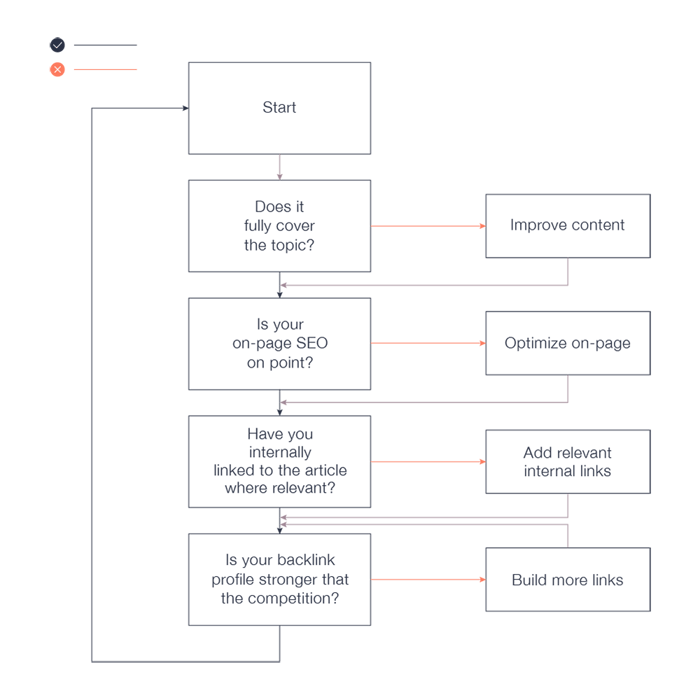
Now that we have a solid understanding of what topic clusters are and how they’ve evolved over time, let’s dive into the specific benefits they can bring to your website and overall SEO strategy. By implementing content specific to topic clusters matter most, you can expect to see improvements in search engine rankings, user experience, and website authority.
These benefits may sound attractive, but how exactly do topic clusters achieve these outcomes? To answer this question, let’s examine each advantage in greater detail, exploring how the topic cluster model contributes to improved search engine performance, enhanced user experience, and strengthened website authority.
Improved Search Engine Rankings
The primary goal of any SEO strategy is to improve search engine rankings, and topic-focused clusters are no exception. By organizing your content into content clusters, you enable your website to target keywords and entire topics more effectively, resulting in higher rankings for both broad and long-tail keywords.
This is achieved through the strategic use of pillar content pages, which cover a wide-ranging subject area, capturing searchers at the top of the funnel on search engine results pages.
Cluster content pages, also known as web pages, cover more specific topics and focus on related keywords at lower levels of the funnel.
These pages are aimed at people in the middle to bottom of the marketing funnel. By adopting this approach, you can improve your website’s search engine rankings and increase its visibility to your target audience.
Enhanced User Experience
In addition to boosting search engine rankings, topic clusters also contribute to a better user experience on your website. By providing a logical and organized content structure, users can easily navigate your site and find relevant information.
This, in turn, can lead to higher website traffic, increased time spent on your site, and ultimately, more conversions.
Moreover, by covering a wide range of related subtopics within your topic clusters, you demonstrate to your audience that you understand their needs and are providing pertinent and relevant content throughout their journey. This not only enhances user experience, but also helps establish your website as an authoritative source in your niche.
Strengthened Website Authority

Establishing your website as an authoritative source in your niche is crucial for long-term SEO success. By creating comprehensive content clusters that cover a wide range of related subtopics, you can showcase your expertise and credibility to both search engines and users.
This, in turn, can lead to increased domain authority and improved search engine rankings, as search engines view your website as a reliable and trustworthy source of information. By consistently producing high-quality content within your topic clusters, you can strengthen your website’s authority and attract more organic traffic over time.
Building Effective Topic Clusters: A Step-by-Step Guide
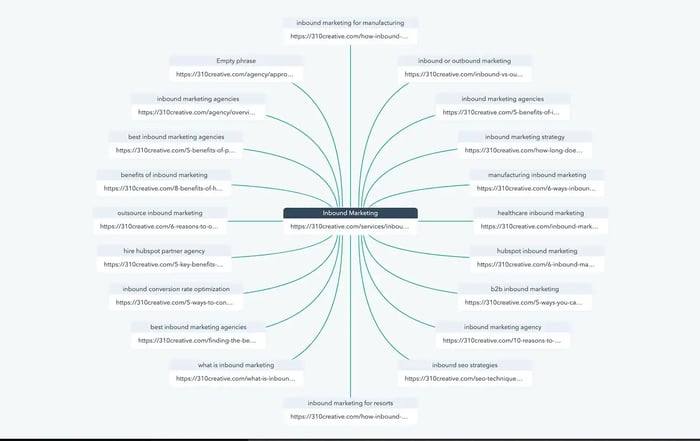
Now that we’ve explored the benefits of implementing topic clusters, it’s time to put theory into practice. Creating successful content clusters requires a methodical approach, involving several key steps: identifying core topics, conducting keyword research, developing a pillar page and topic content cluster strategy with example content, and establishing strategic internal linking.
In this section, we’ll provide a step-by-step guide for building effective contextual content clusters and keyword ideas, equipping you with the knowledge and tools necessary to optimize your content marketing strategy and achieve maximum SEO results.
Identifying Core Topics
The first step in creating topic clusters is to identify the core topics around which you’ll build your clusters. These should be broad topics relevant to your target audience and industry, which can be broken down into multiple subtopics.
To determine which core topics to focus on, consider how your content interrelates with business and marketing objectives, as well as the preferences and needs of your audience.
Once you’ve identified your core topics, you can begin to brainstorm subtopics and related keywords to include in your core topic or cluster example of content.
This process will help ensure that content marketers see your content clusters are comprehensive, covering a wide range of related information that will resonate with your audience and attract organic traffic.
Conducting Keyword Research
After identifying your core topics, the next step is to conduct keyword research to discover popular search queries and relevant keywords for each subtopic.
This can be done using keyword research tools such as SEMrush and Ahrefs’ Keyword Explorer, which can help you take keyword phrases and generate a list of related terms along with their respective search volumes and popular search queries.
When conducting keyword research for topic specific clusters, it’s crucial to focus on capturing interest throughout the customer’s journey by targeting keywords with varying search intent.
This will ensure that your topic and keyword clusters cater to users at different stages of the decision-making process, ultimately increasing the likelihood of conversions and driving more organic traffic to your website.
Developing A Pillar Page and Cluster Content
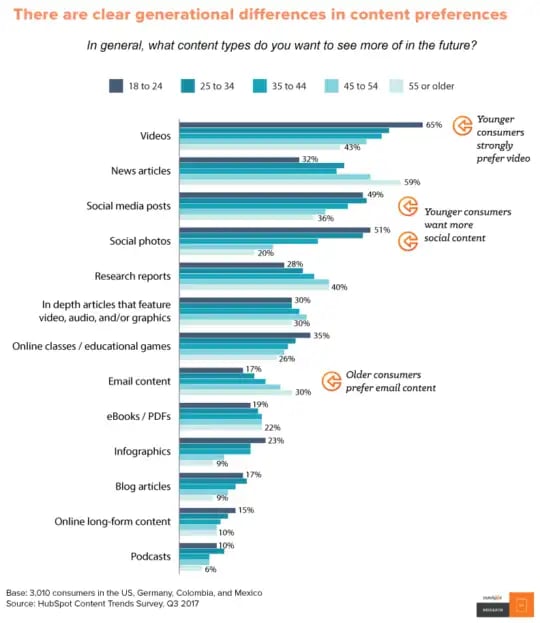
With your core topics and keywords identified, it’s time to start creating your pillar pages and cluster content. Begin by developing comprehensive pillar pages that cover the core topic in its entirety.
These pillar pages should provide a thorough overview of the subject, capturing searchers at the top of the funnel and serving as a foundation for your search volume and cluster linked content.
Next, create in-depth cluster pages that address related subtopics and target specific target keywords identified during your keyword research. These cluster pages should provide valuable and detailed information on each subtopic, catering to users at the middle and bottom of the funnel.
By creating a cohesive and comprehensive content structure, you’ll improve both your search engine rankings and user experience.
Establishing Strategic Towards Internal Links
The final step in building effective content topic clusters is to establish strategic internal linking between your pillar page and pages associated to each respective pillar.
This very site structure not only helps search engines understand the relationship between cluster pages and your content, but also enables users to easily navigate your website and find relevant information.
When creating internal links, be sure to use descriptive anchor text that accurately reflects the content being linked to. This will help both search engines and users understand the context of the link, ultimately improving your website’s SEO performance and user experience.
Common Topic Cluster Mistakes to Avoid
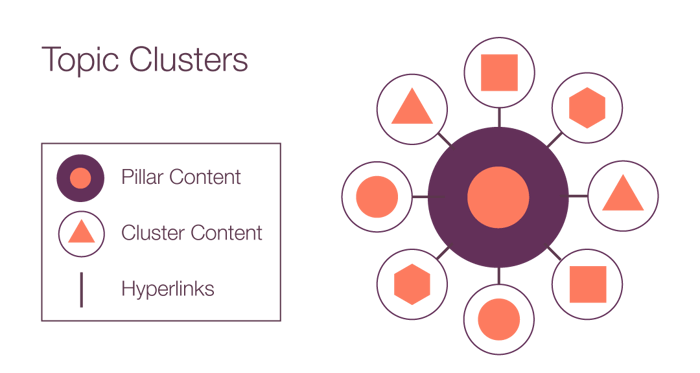
As with any SEO strategy, there are potential pitfalls to avoid when building contextual content clusters. To ensure optimal results, it’s essential to be aware of common mistakes, such as overemphasis on keywords and inconsistent content quality.
By being mindful of these potential issues and taking the necessary precautions, you can maximize the effectiveness of your content topic clusters and reap the full benefits they have to offer. In this section, we’ll explore these common mistakes in more detail and provide guidance on how to avoid them.
Overemphasis on Keywords
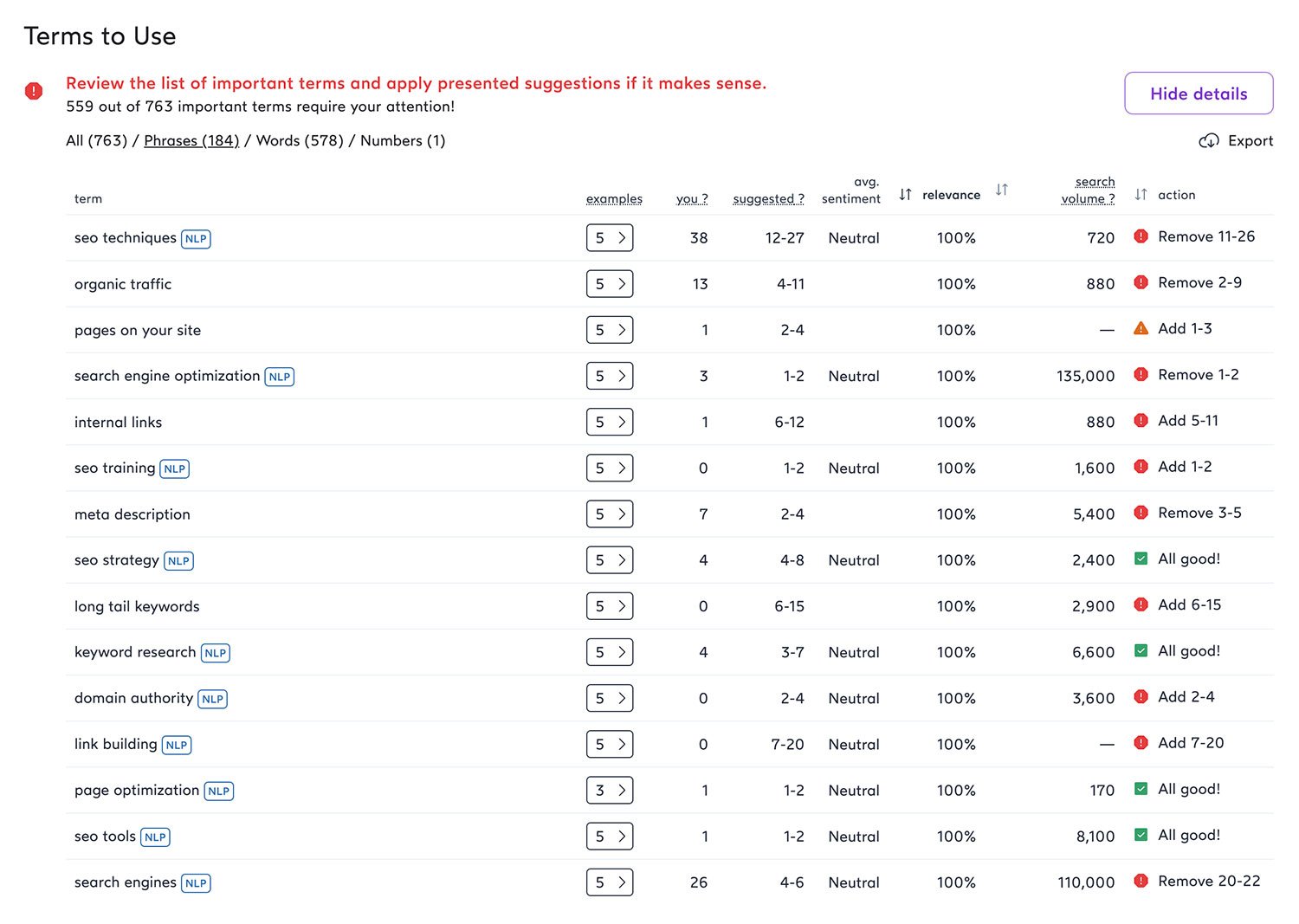
While keywords are an essential component of any SEO strategy, focusing too much on individual keywords can lead to content that lacks any in depth content and fails to address the broader topic.
This can result in keyword stuffing, which can harm your SEO performance and reputation, as well as create confusion for search engines and users alike.
To avoid this pitfall, ensure that your you create an effective content cluster that are built around comprehensive and authoritative content that covers the entire subject matter, rather than simply targeting specific keywords. This will not only improve your organic rankings, but also provide a more valuable and engaging experience for your users.
Inconsistent Content Quality

Another common mistake when building content to create topic clusters is inconsistent content quality. To maintain authority and credibility, it’s crucial that all content within a topic cluster is of the highest quality and provides value to the reader.
Inconsistent content quality can lead to a subpar user experience, negatively impact your website’s topical authority, and ultimately harm your organic rankings.
By ensuring that all of your content is well-researched, well-written, and relevant to your audience, you can avoid these issues and maximize the success of your clusters.
Measuring the Success of Your Topic Clusters
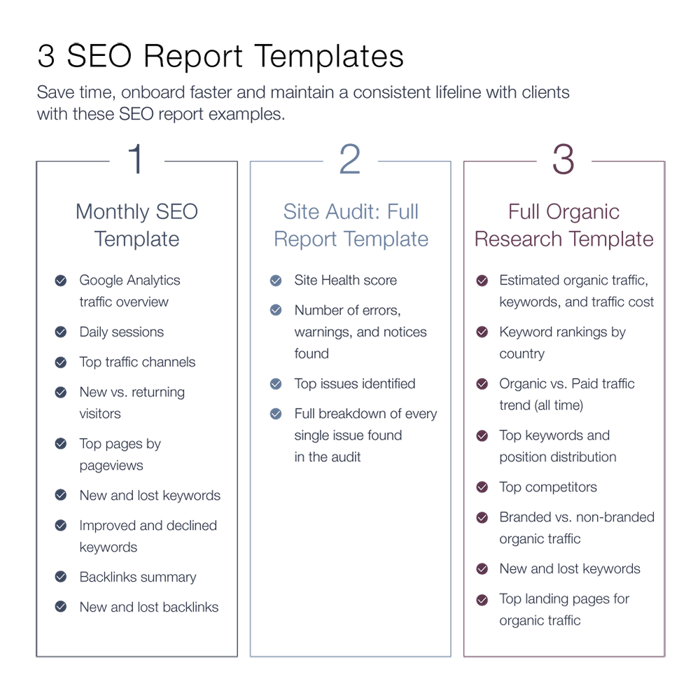
Once you’ve implemented your topic clusters, it’s essential to monitor their performance and make any necessary adjustments to optimize their effectiveness. This can be done by tracking SEO metrics and analyzing user engagement, which will provide valuable insights into the success of your content to create topic clusters, and highlight any areas in need of improvement.
In this section, we’ll discuss the various metrics you can use to evaluate the success of your topic clusters and how to interpret this data to make informed decisions about your content marketing strategy.
Monitoring SEO Metrics
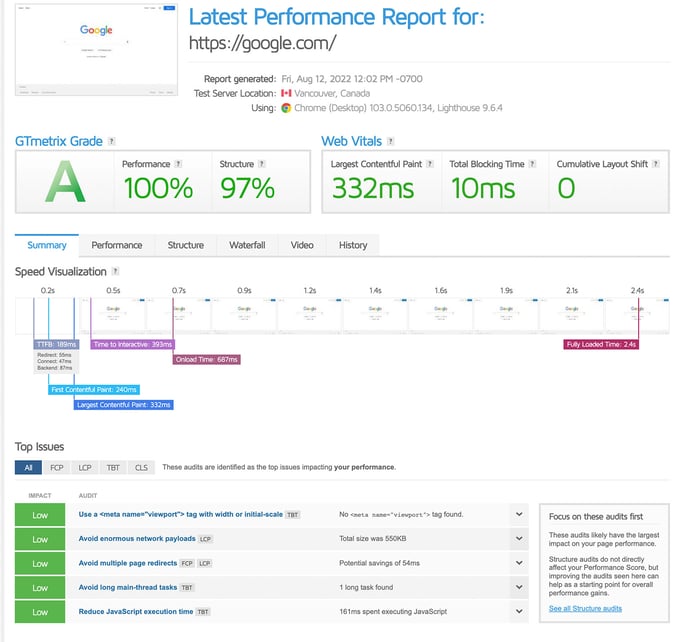
To assess the impact of your content topic related clusters on search performance, it’s crucial to monitor SEO metrics such as keyword rankings, organic search traffic and, pillar page traffic and backlinks to specific subject,. Tools like Google Analytics, SEMrush, and Ahrefs can help you track these metrics and provide valuable insights into the effectiveness of your topic focused blog post clusters.
When interpreting SEO metrics, it’s important to consider the overarching objectives of your website. For example, if your goal is to increase organic traffic, monitoring keyword visibility and organic traffic will be essential.
On the other hand, if your aim is to improve conversions, tracking bounce rate, average session length, and conversion rates will be more relevant.
Analyzing User Engagement
In addition to monitoring SEO metrics, it’s also important to analyze user engagement to determine how well your content ideas topic clusters are resonating with users. Metrics such as time on page, bounce rate, and pages per session can provide valuable insights into user behavior and the effectiveness of your content ideas alone.
By producing quality content, regularly assessing user engagement and making necessary adjustments to your topic clusters, you can ensure that your content remains relevant, engaging, and valuable to your audience. This, in turn, will help you maintain your website’s authority, improve search rankings, and drive more organic traffic to your site.
Takeaways for Effective SEO Topic Clusters
In conclusion, topic clusters are a powerful and strategic component for optimizing your content marketing efforts, improving organic rankings, and enhancing user experience.
By understanding the foundations of this approach, implementing strategic topic clusters, and avoiding common pitfalls, you can elevate your SEO game and drive more organic traffic to your website.
Now that you have the knowledge and tools necessary to harness the power of topic and content clusters, it’s time to put these SEO strategies into action and transform your content marketing efforts. As you embark on this journey, remember to monitor your progress, analyze user engagement, and continually optimize your topic and content topic clusters to achieve maximum success.
Frequently Asked Questions
How do I create a topic cluster in SEO?
To create a topic content and subject related content cluster strategy for SEO, start by auditing existing content and identifying topics and subtopics. Then, find related keywords, create keyword clusters, organize the subtopics by search intent and conduct keyword and phrase research before making the links.
Check other SEO factors and review the data.
What are the components of a topic cluster?
A topic cluster consists of several interlinked pages or web pages or interlinked web pages, or web pages made of a core pillar page, content related to the topic, and internal links connecting them together. This allows for targeted SEO efforts to maximize keyword organic rankings and visibility on SERP pages.
By creating a full topic cluster example, you can add internal links to ensure that your content is organized and easy to find. This topic cluster example helps you add internal links to improve your website’s visibility and rankings on google search results pages. Additionally, there are internal links between the two.
How do you organize topic clusters?
Organizing topic clusters involves mapping out common problems, grouping them into broad categories and creating subtopics with keyword research.
This will help to create an effective strategy to target your audience.
Why use topic clusters?
Topic clusters can help improve keyword optimization, create an effective website structure, and make it easier for readers to find related content. By linking and organizing related pieces of existing content together, topic clusters provide an invaluable asset to any content marketing strategy.
How can topic clusters improve rankings in search engines?
Topic clusters create a better structure for websites, resulting in increased visibility and higher rankings in search engine results. They create more focused target topics which allow for improved search engine optimization.
By using topic clusters and less competitive keywords, websites can become more organized and easier to navigate. This helps to improve user experience and encourages visitors to stay longer on the website. Additionally, it can help to boost the economy.


